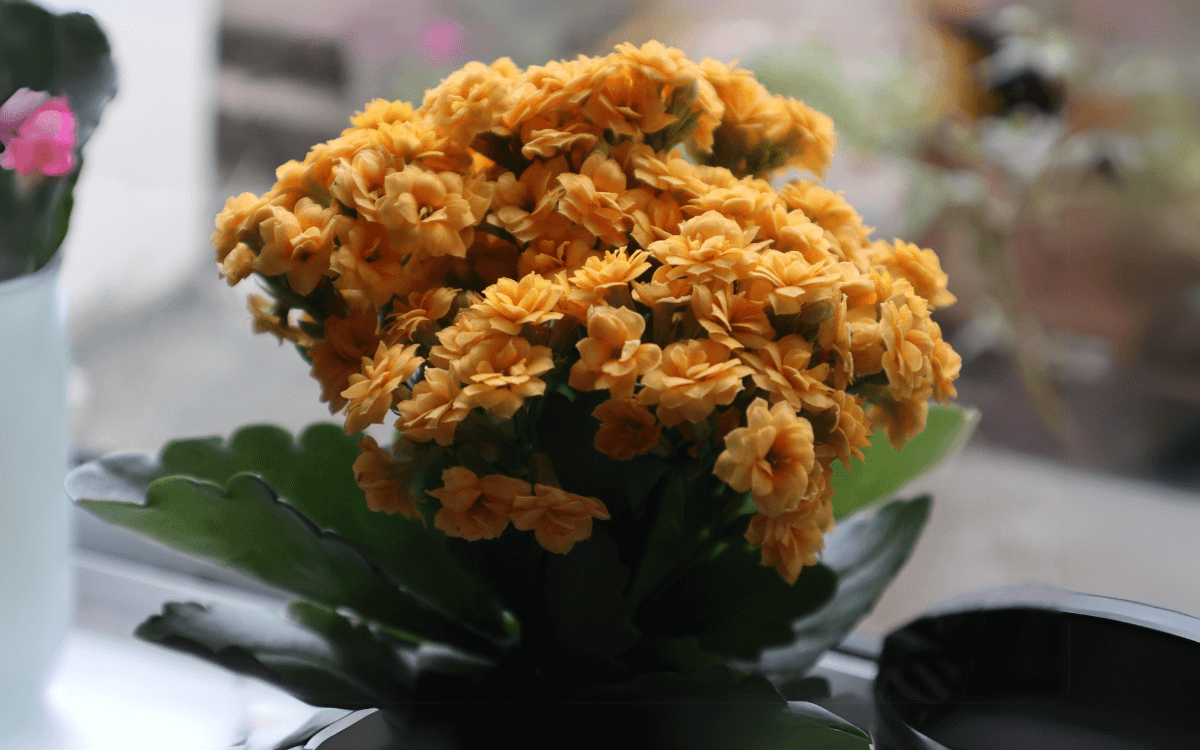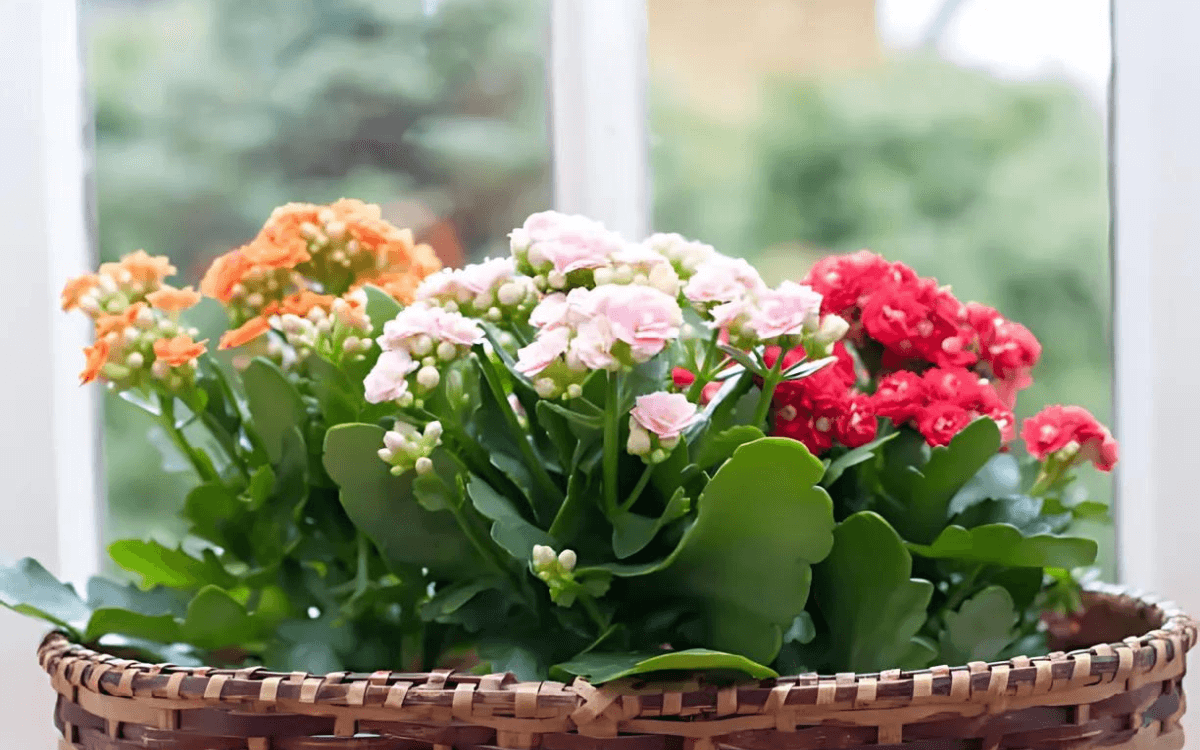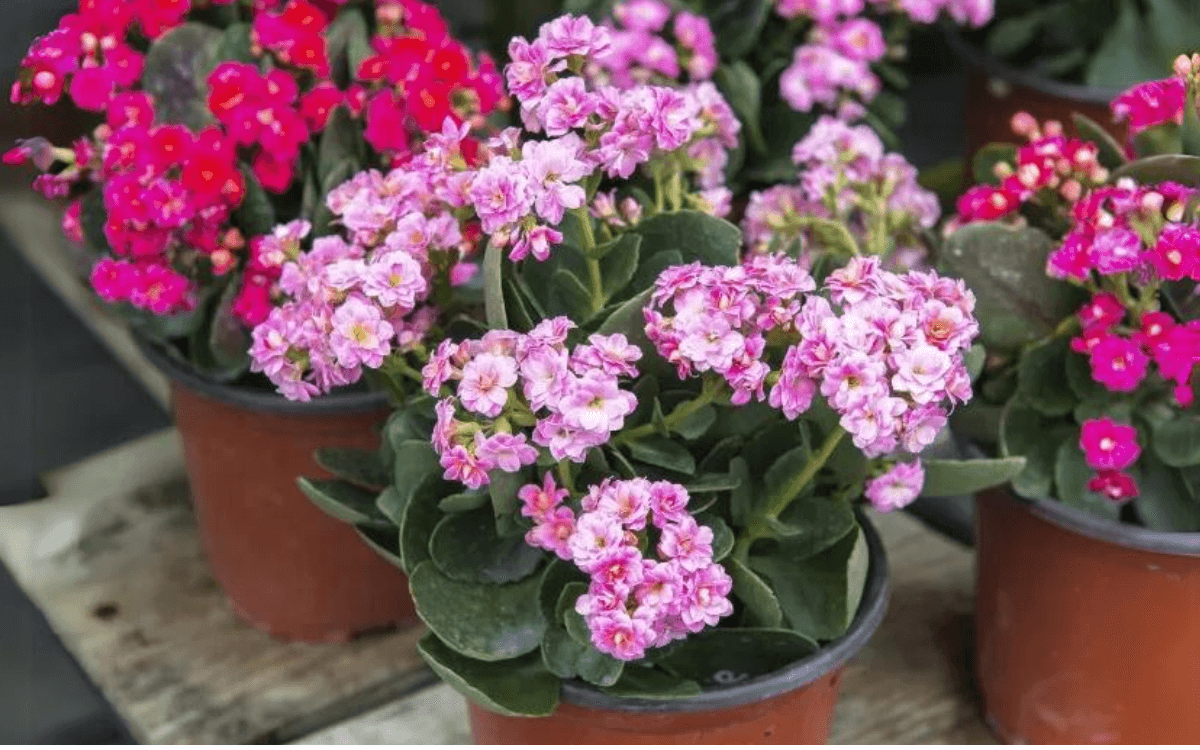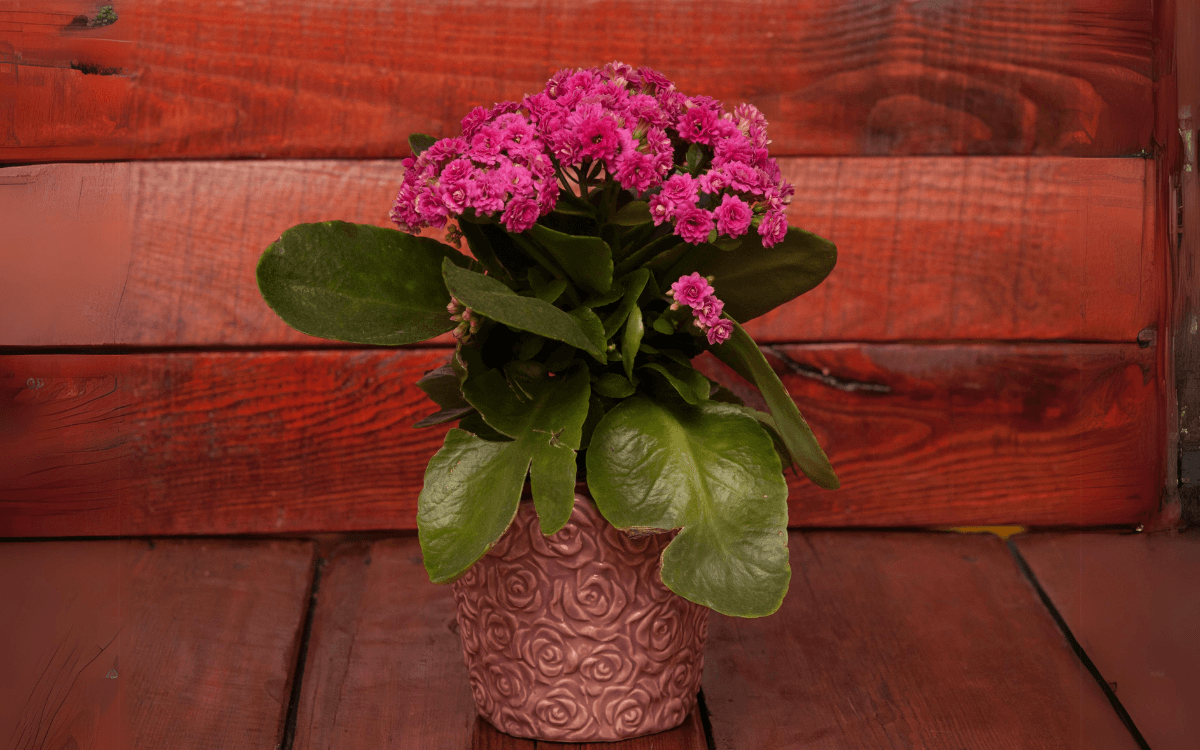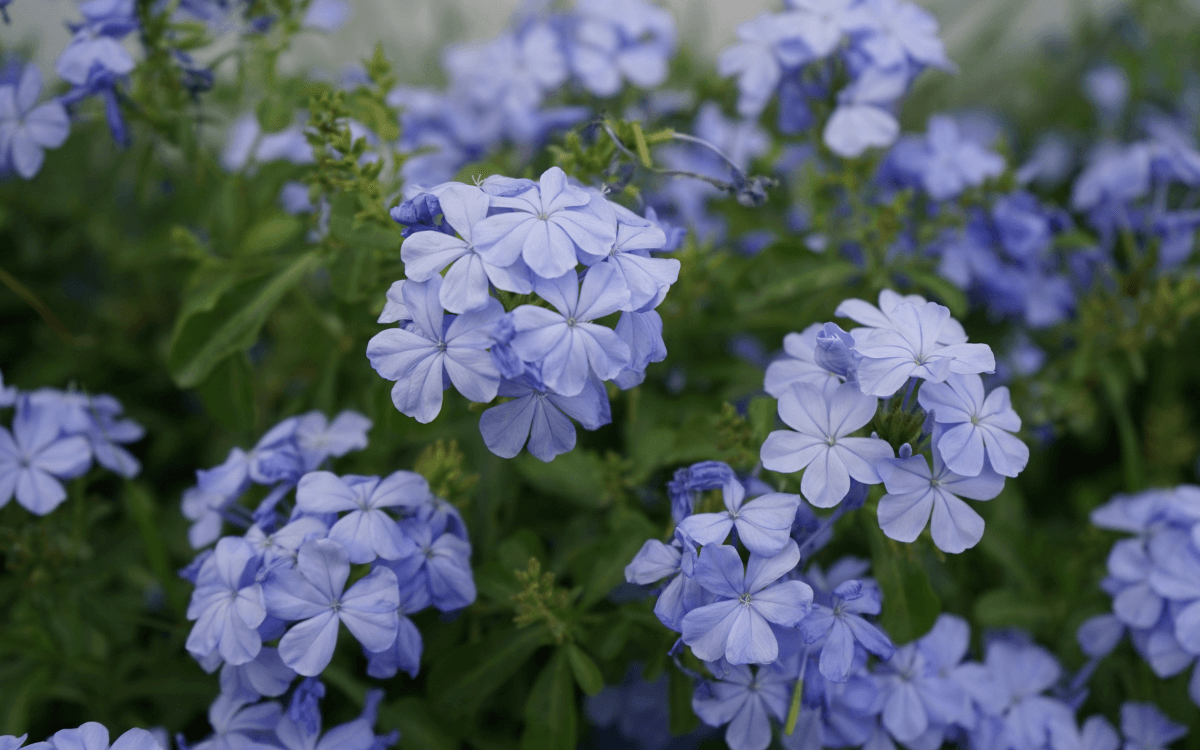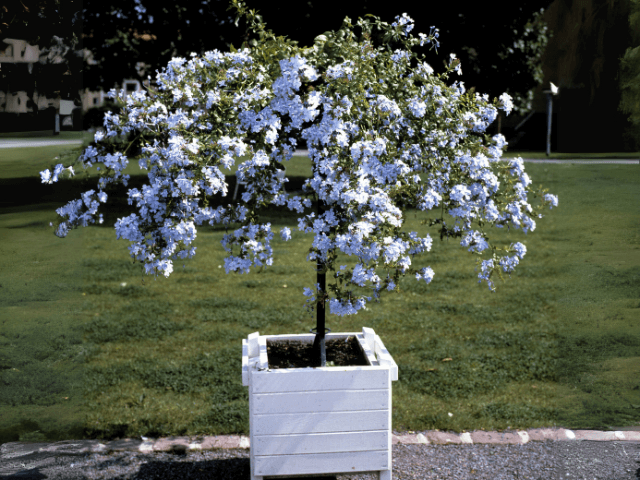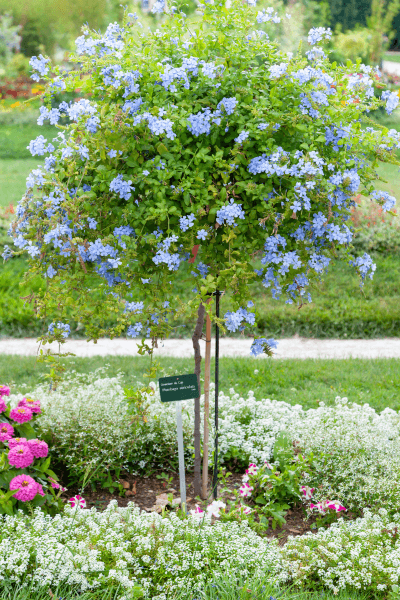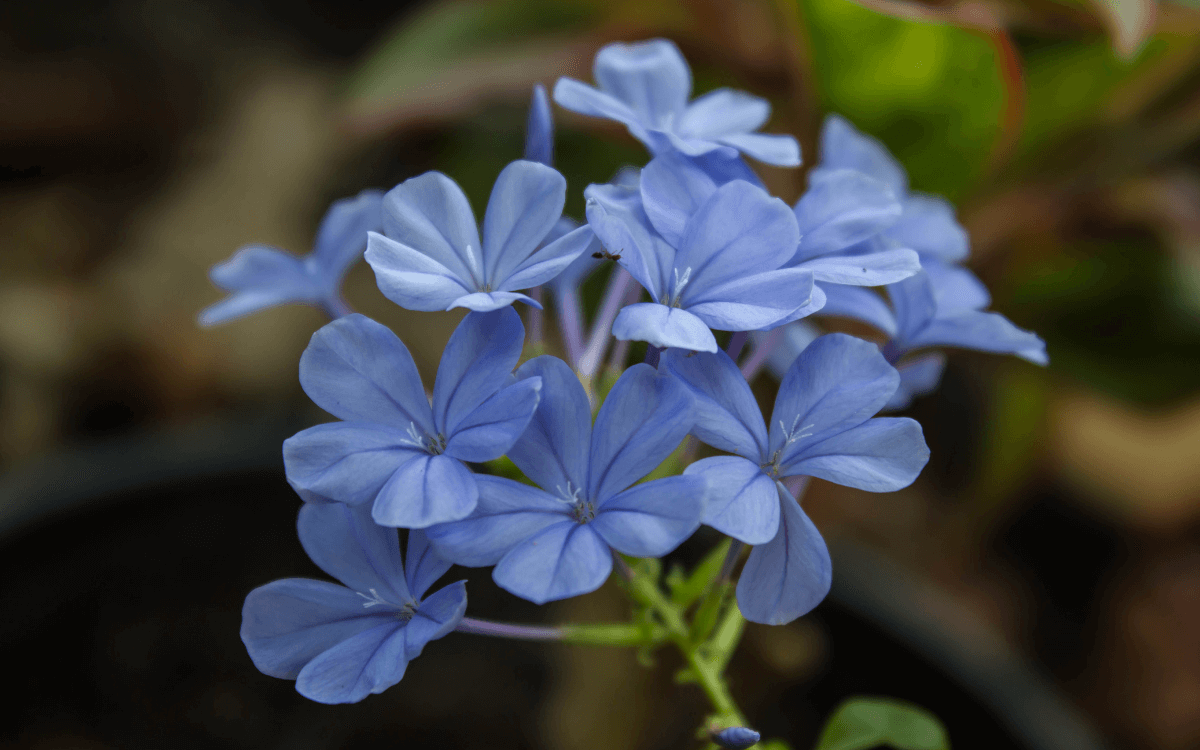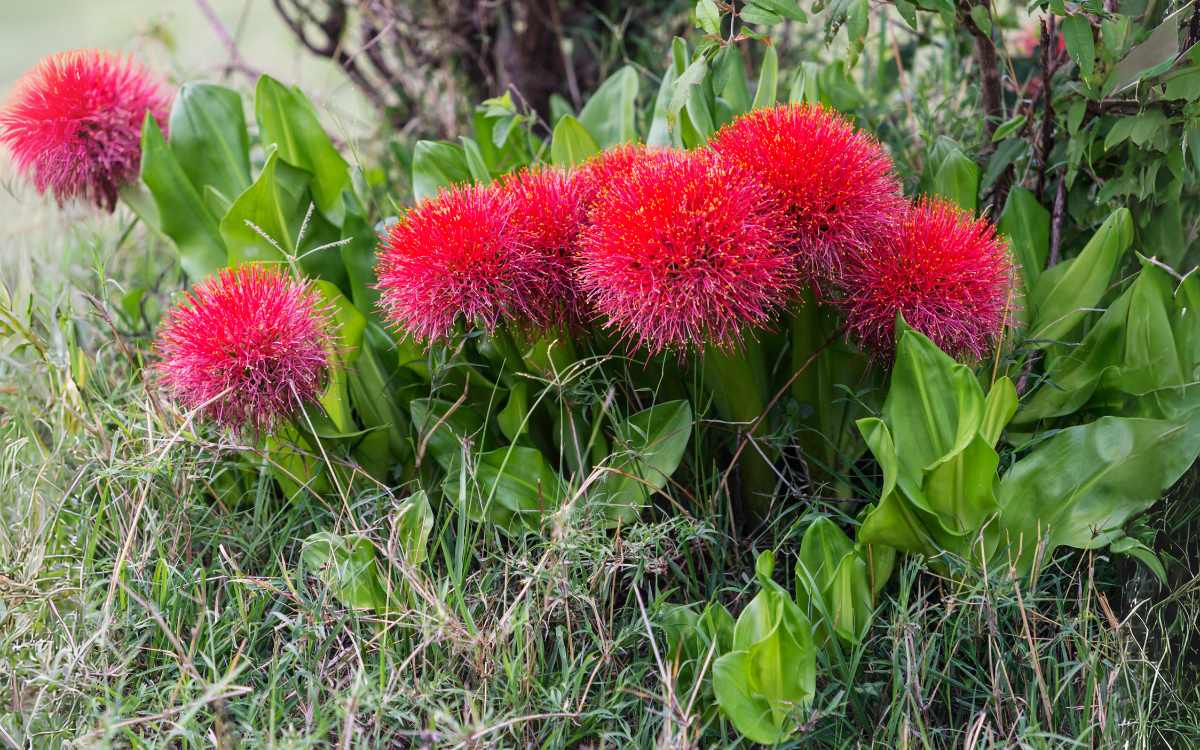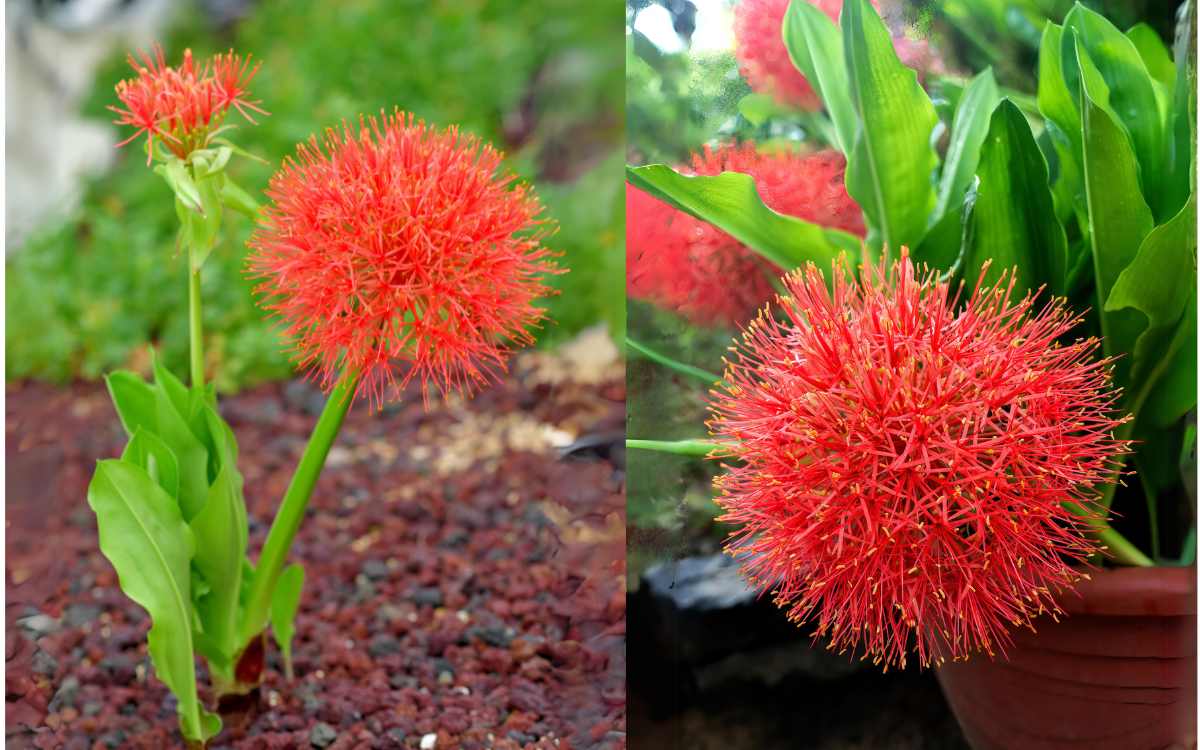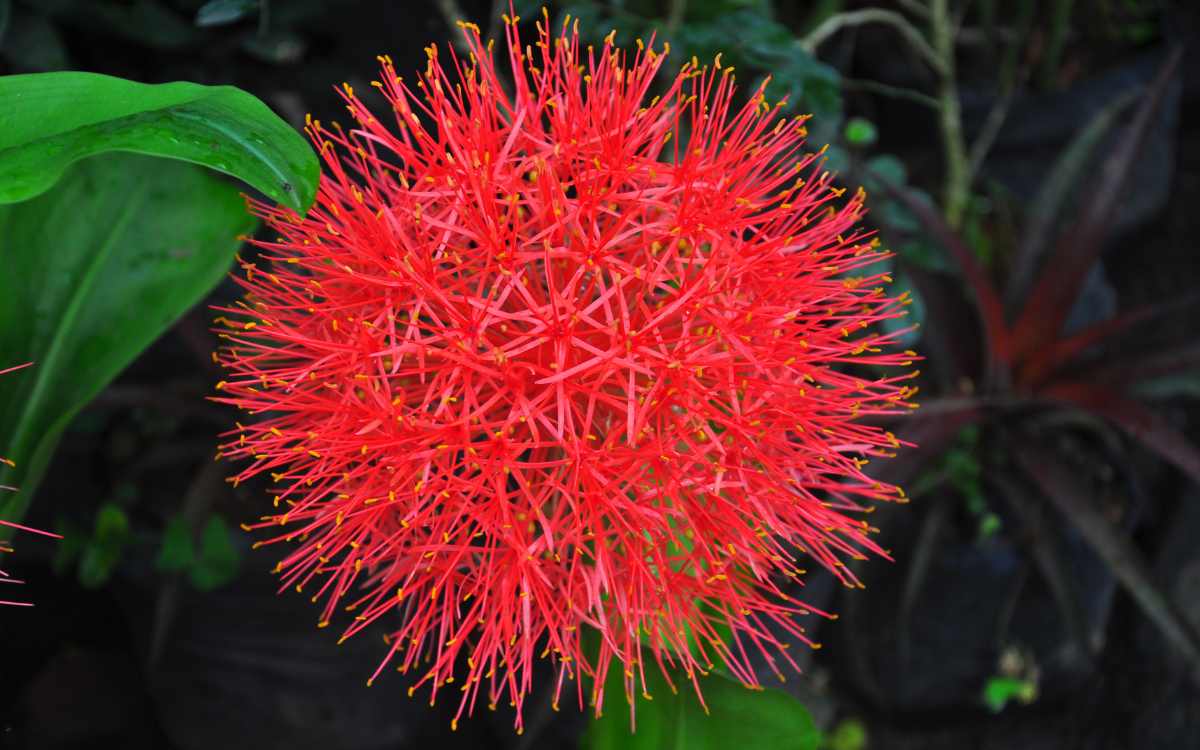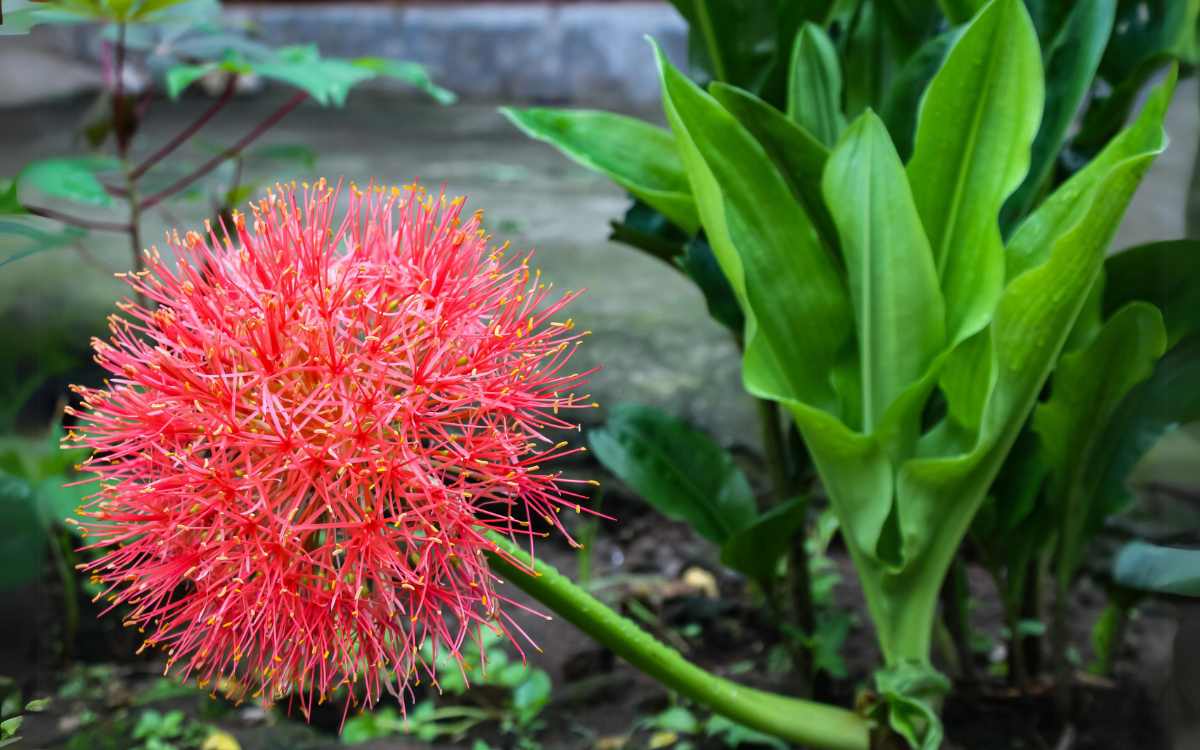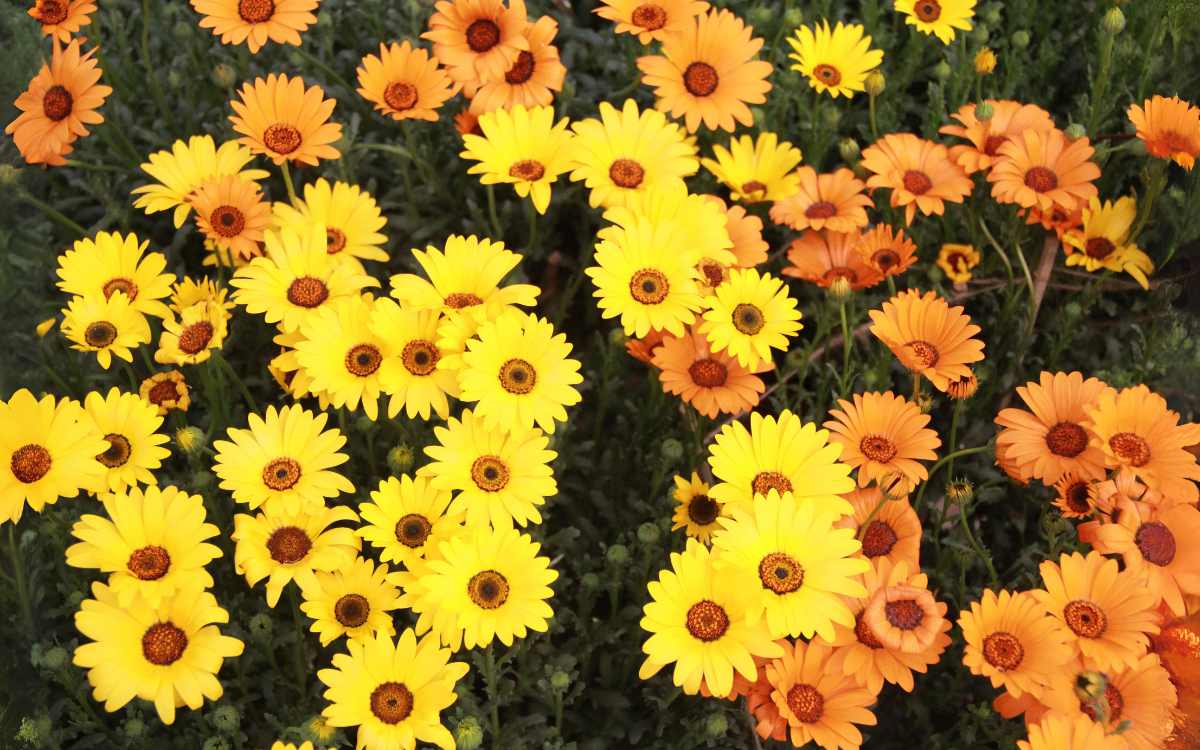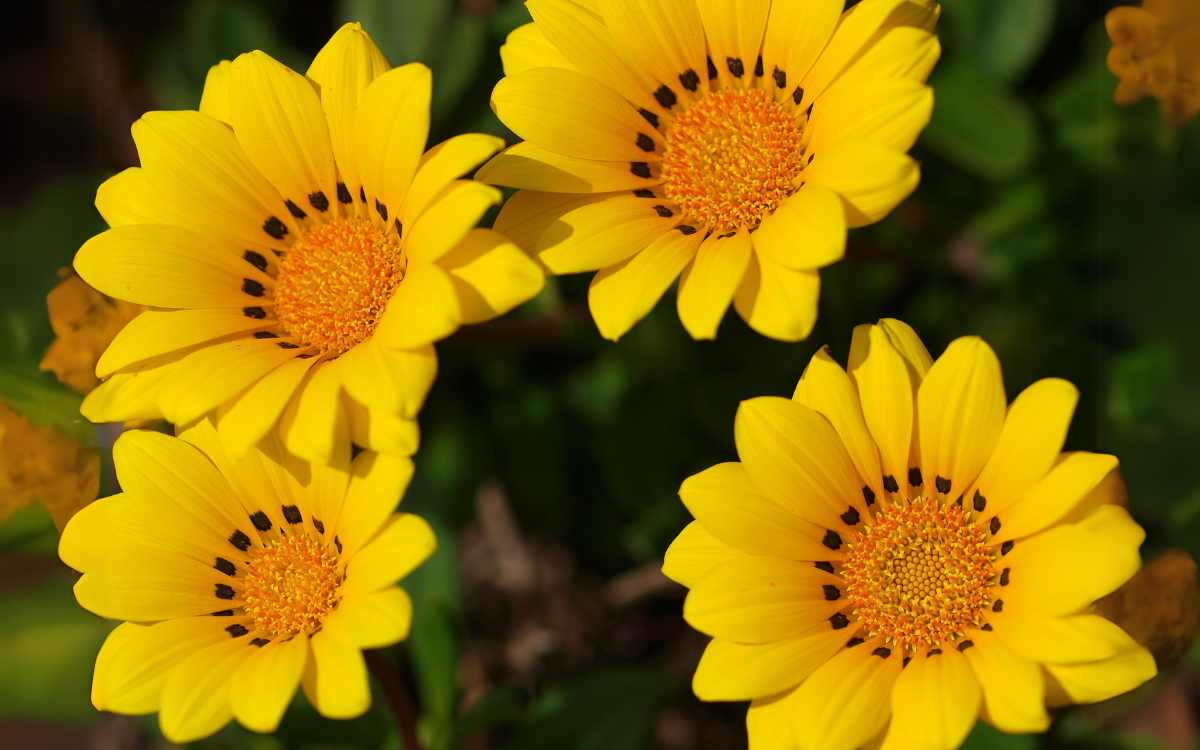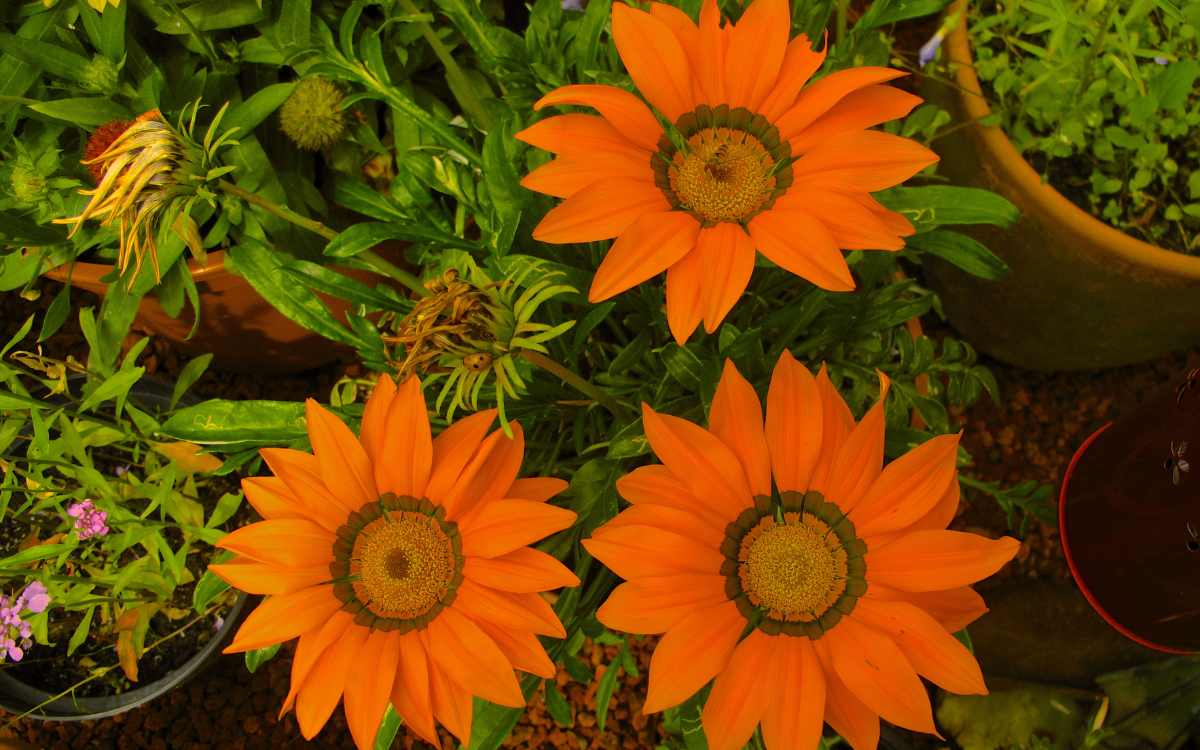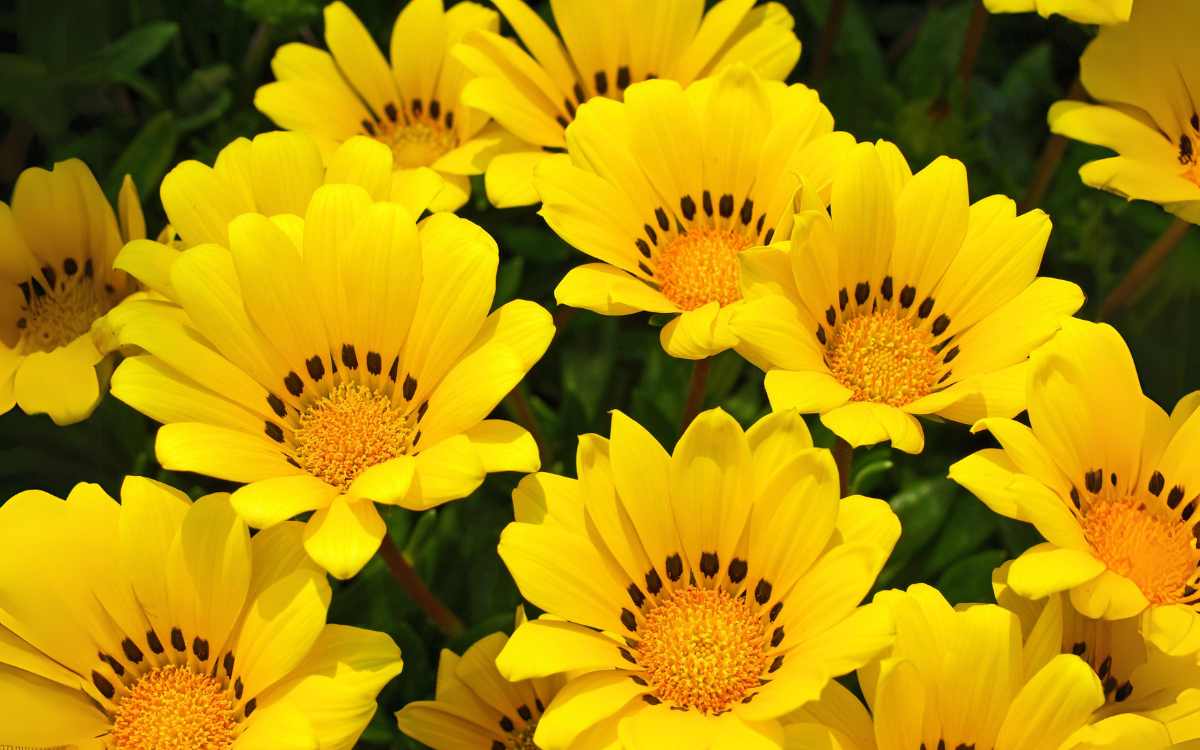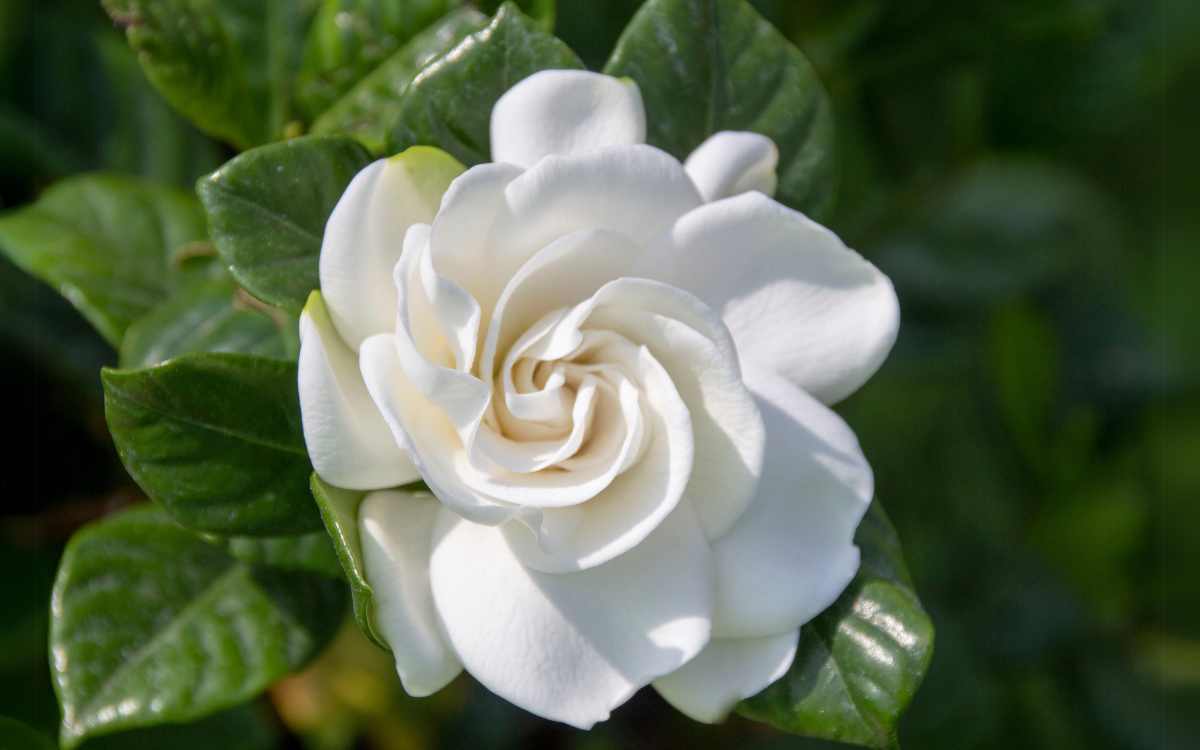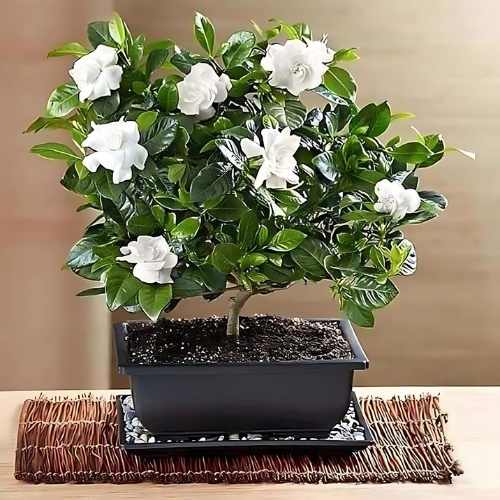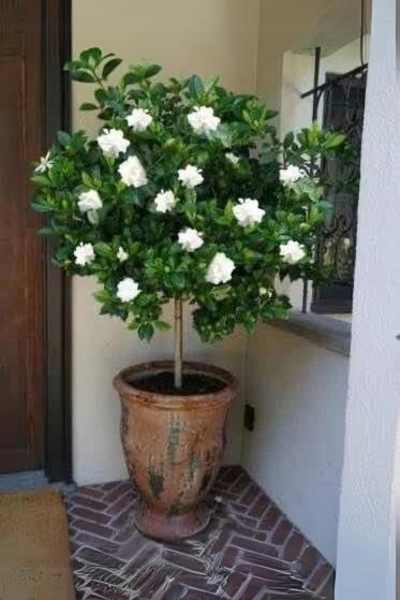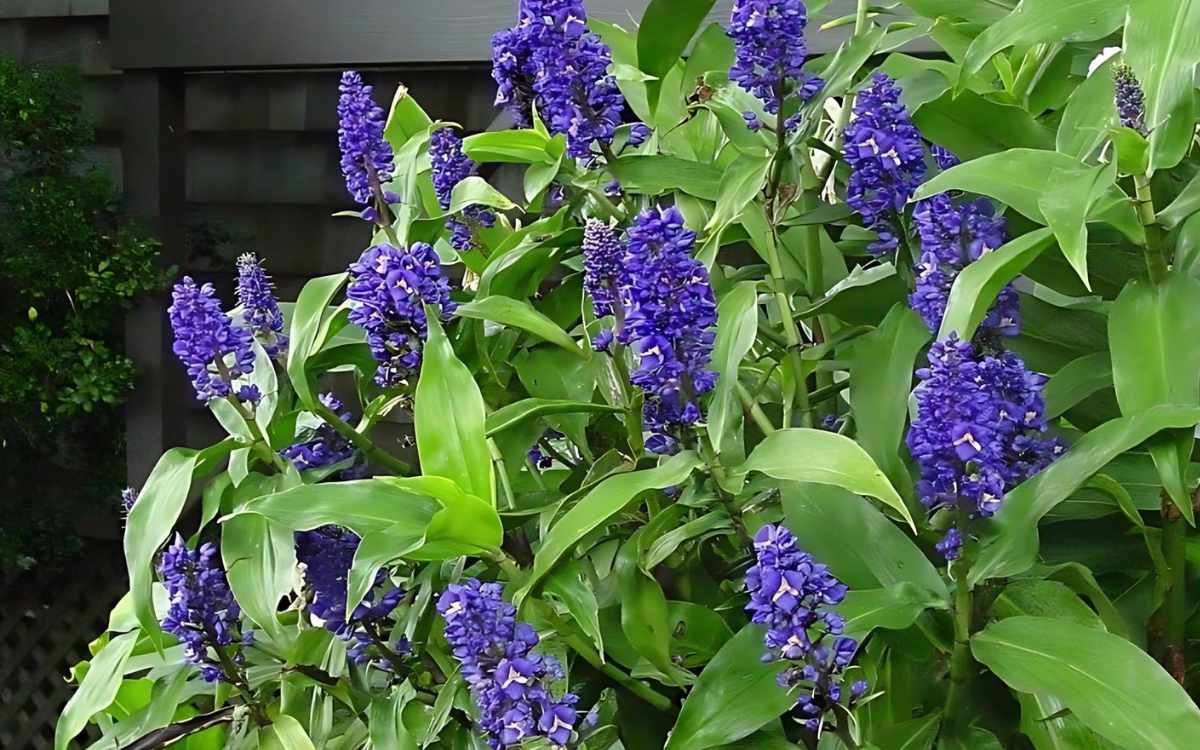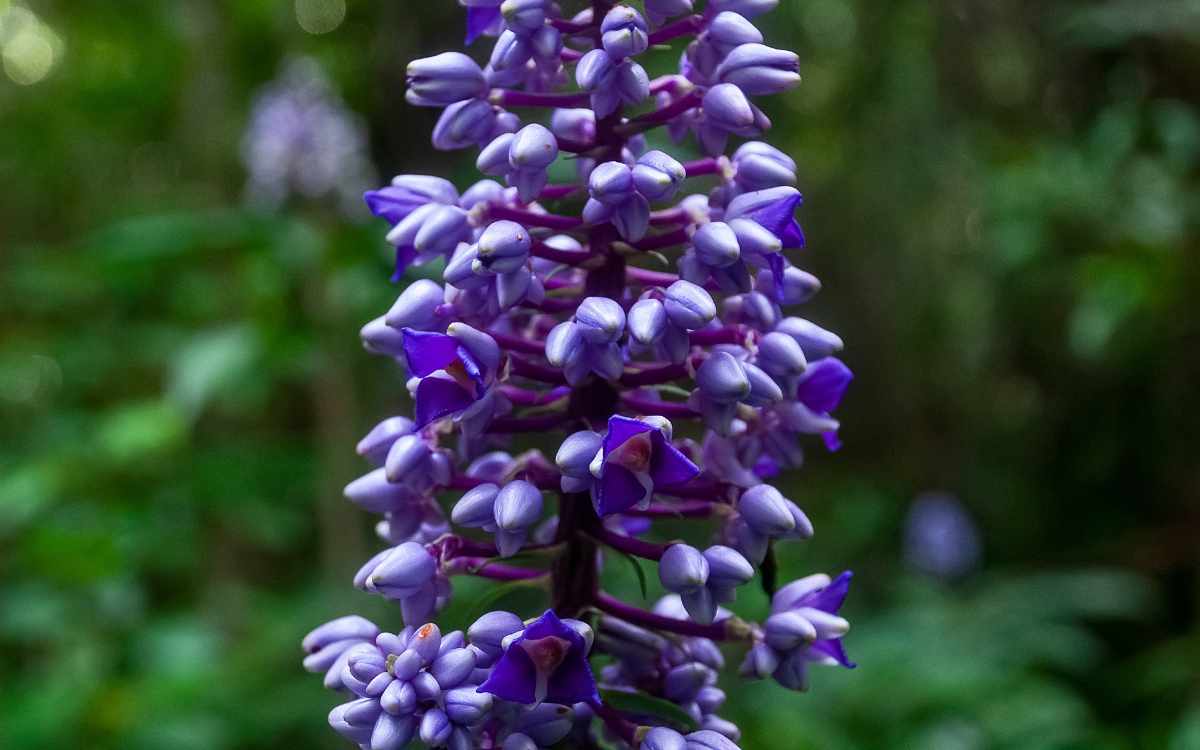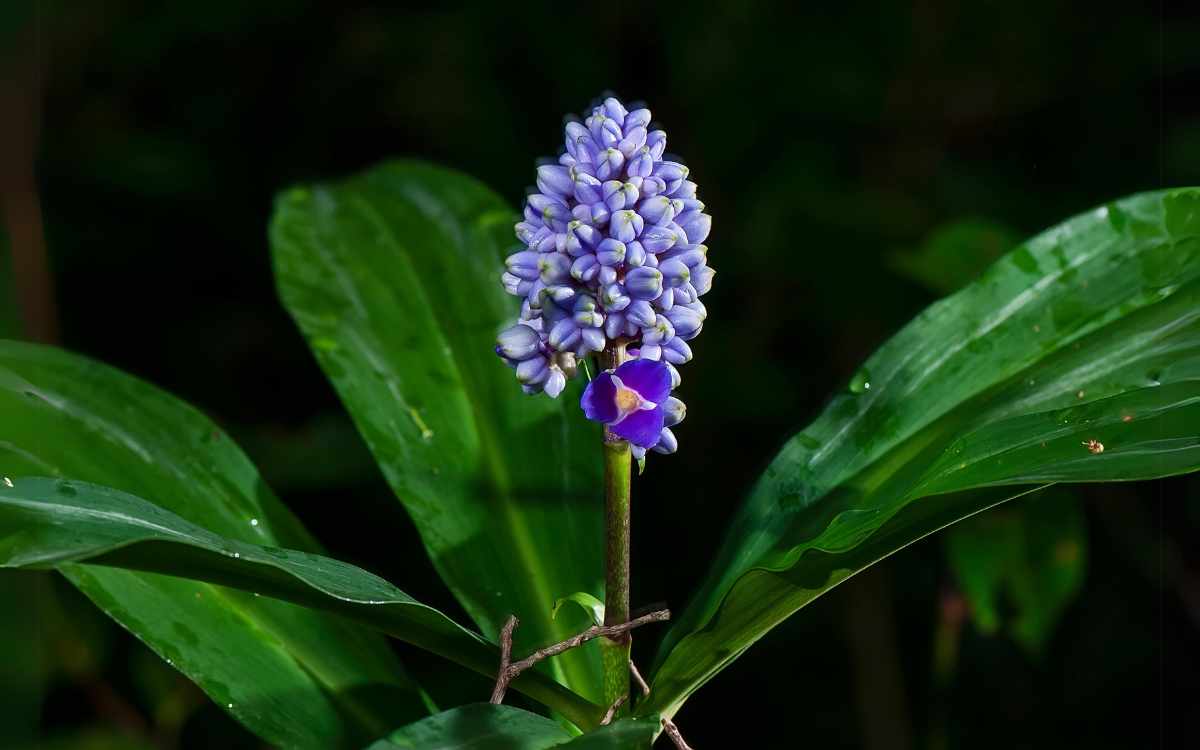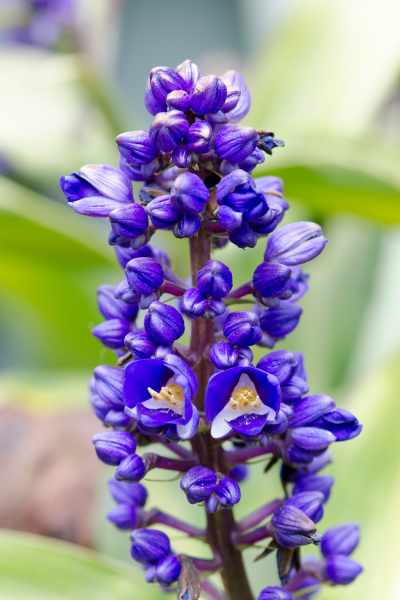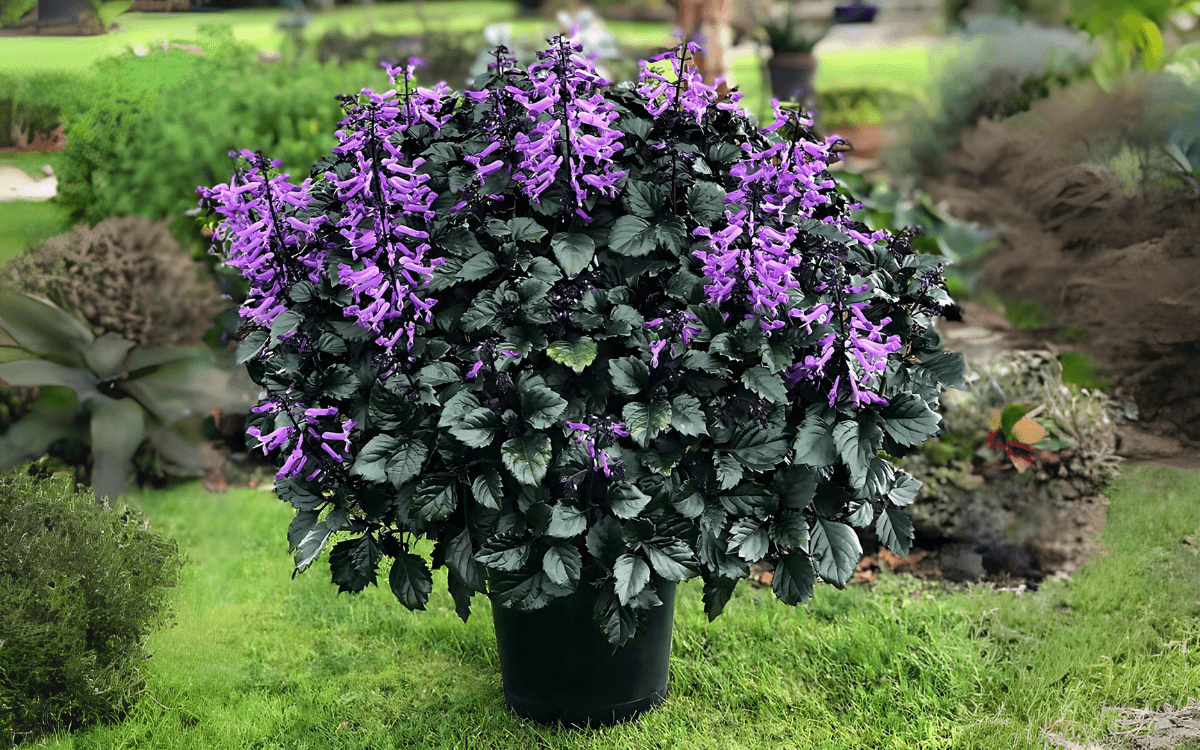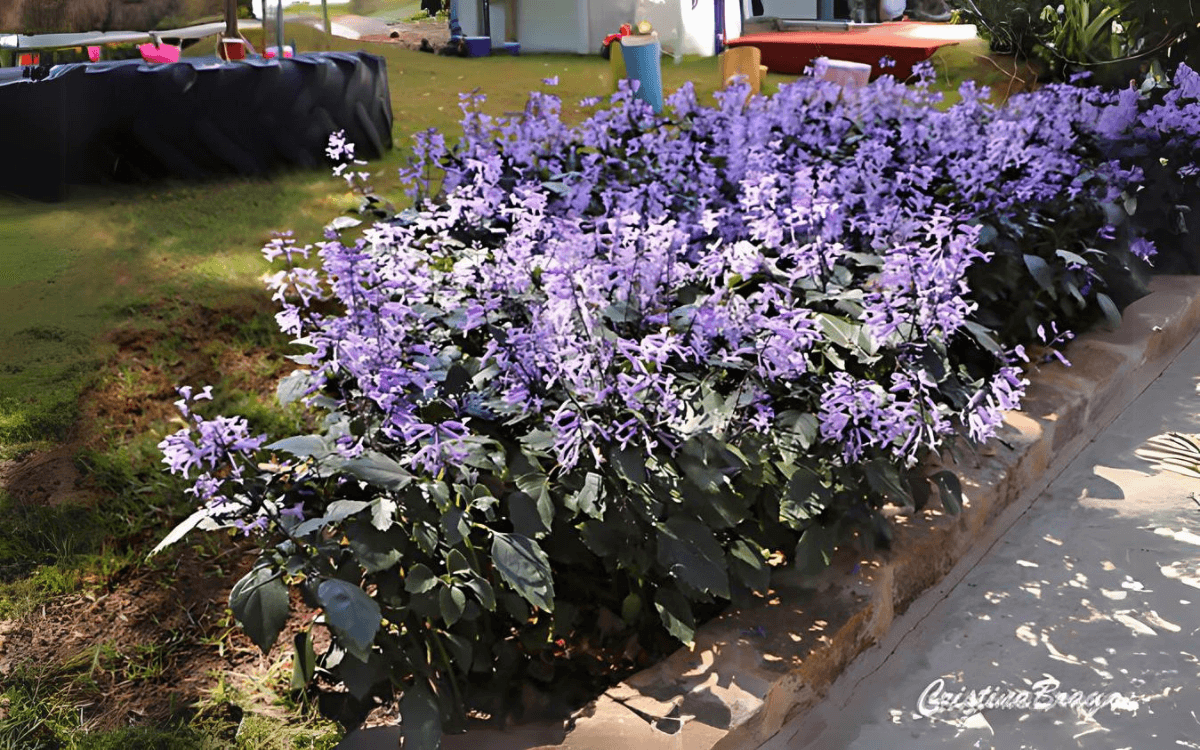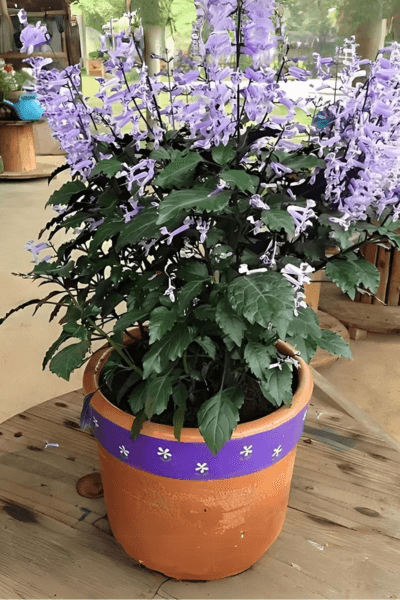If you want to have a beautiful garden full of colorful flowers that will delight your friends and family, then this text will help you.
Below, see 7 beautiful, easy-to-grow plants with wonderful flowers, perfect for your garden.
1 – Kalanchoe
Kalanchoe is a small plant (reaching 15 to 30 cm – reaching 6 to 12 inches), with thick leaves and abundant flowers that last several weeks.
To grow it, place it in full sun or partial shade, with temperatures between 13°C and 27°C (55°F and 81°F). Water it after the soil dries, and fertilize it once during spring and summer.
To learn more about Kalanchoe, click here.
2 – Plumbago (Leadworts plant)
Blue Plumbago is a shrub that can grow up to 3 meters (approximately 10 feet) tall and can be grown in the ground or in pots. The flowers are blue and appear in clusters.
It is important to keep it away from children or animals, as its flowers are toxic.
Blue Plumbago likes direct sunlight, higher temperatures, moist, well-drained soil rich in organic matter, and organic fertilizers are a great option for fertilization.
To learn more about this plant, click here.
3 – Blood Lily
The Blood Lily plant has a unique shape in its flowers.
Producing about 200 small mini-flowers in a shade of red, this plant attracts bees and other pollinators and, like Blue Plumbago, is a poisonous plant.
It is grown in semi-lit environments, with temperatures between 18°C and 28°C (64°F and 82°F), and frequent watering, especially during the warmer periods of the year.
To learn more about the Blood Lily, click here.
4 – Gazania
As you can see in the images above, Gazania flowers are very similar to daisies.
Their flowers close at night or on cloudy days and reopen with sunlight.
Native to South Africa, Gazania adapts very well to warmer climates.
It thrives in direct sunlight, higher temperatures, and well-drained soils. Water it after the soil dries, and fertilize carefully to avoid excess.
Learn more about Gazania by clicking here.
5 – Gardenia
Gardenia has large, white, fragrant flowers.
Reaching a height of up to 2 meters (approximately 6.5 feet), Gardenia is also used in Chinese medicine and aromatherapy sessions.
To grow it, avoid exposing it to very cold temperatures, place it in a humid environment with indirect sunlight, and use soil with a pH of 5 to 6.
To learn more about Gardenia, click here.
6 – Blue Ginger
This is an edible, non-toxic plant, ideal for decoration in your garden.
Blue Ginger, like all the other flowers in this text, adapts very well to warm climates.
To grow this plant, provide a temperature between 15°C and 35°C (59°F and 95°F), indirect lighting, water it after the soil dries, and fertilize with an NPK 15-15-15 fertilizer.
To learn more about Blue Ginger, click here.
7 – Plectranthus saccatus (Brazilian Ametista)
With a jewel-like name, this plant has beautiful flowers that can be lilac, white, or purple, blooming throughout the year.
Ametista can be grown indoors or outdoors.
Its cultivation requires soil rich in organic materials, plenty of light, but avoid direct sunlight during the hottest hours of the day.
Water it when the soil surface starts to dry, and fertilize with organic fertilizers or NPK 4-14-8 when the flowering is most abundant.
To learn more about this plant, click here.
Conclusion
As promised at the beginning of this article, you have learned about plants with flowers in various colors and shapes. I hope some of them have caught your attention.
If you like flowers and want to know other options, I believe orchids might win you over.
See our article on how to care for orchids.
Do you have any questions or would like to chat with us? Then leave your comment below.

